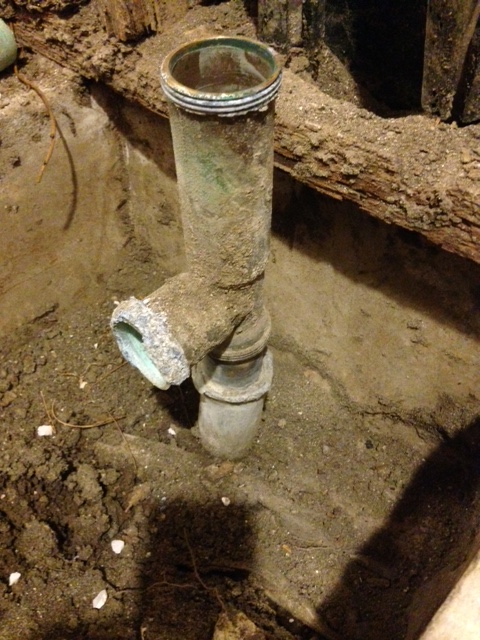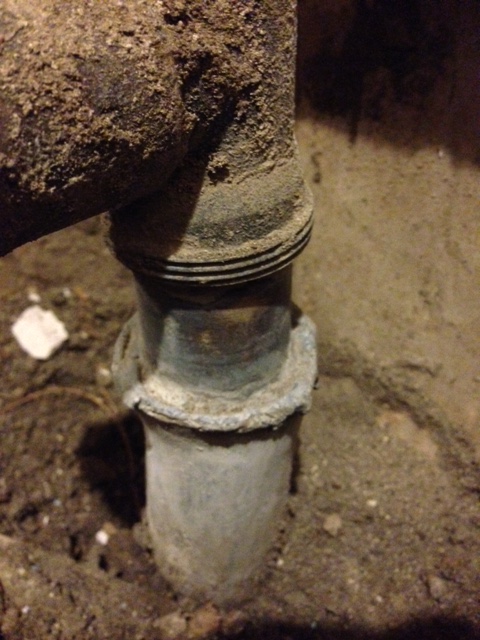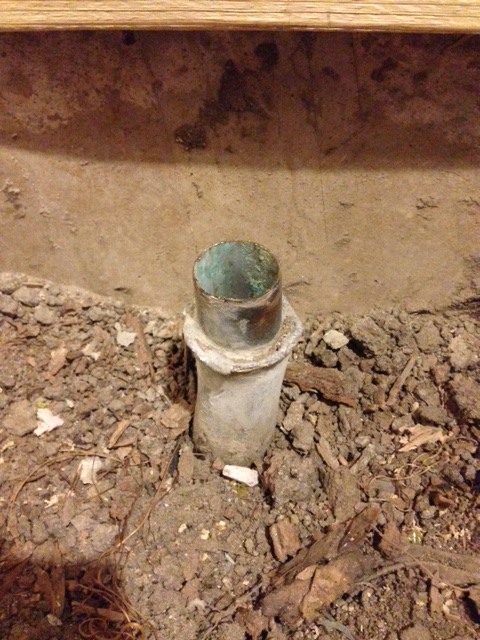Hello, newbie here, so I appreciate any advice you pros could give!
I am remodeling a bathroom in my house and will be replacing the tub/tub drain as well. However, I am confused as to what I found when I demo'd the old stuff. I am attaching pictures, but I cannot tell how the old brass assembly is connected to the drain. And, more importantly, how would I attach a new drain assembly to what is coming out of the ground here? My early guess is to cut it off and use a Fernco banded coupler?


(and yes, that is a termite-destroyed sill plate behind the drain. The sills and studs were pretty torn up-it will be replaced before putting the new tub in.)
Thanks in advance!
I am remodeling a bathroom in my house and will be replacing the tub/tub drain as well. However, I am confused as to what I found when I demo'd the old stuff. I am attaching pictures, but I cannot tell how the old brass assembly is connected to the drain. And, more importantly, how would I attach a new drain assembly to what is coming out of the ground here? My early guess is to cut it off and use a Fernco banded coupler?
(and yes, that is a termite-destroyed sill plate behind the drain. The sills and studs were pretty torn up-it will be replaced before putting the new tub in.)
Thanks in advance!

